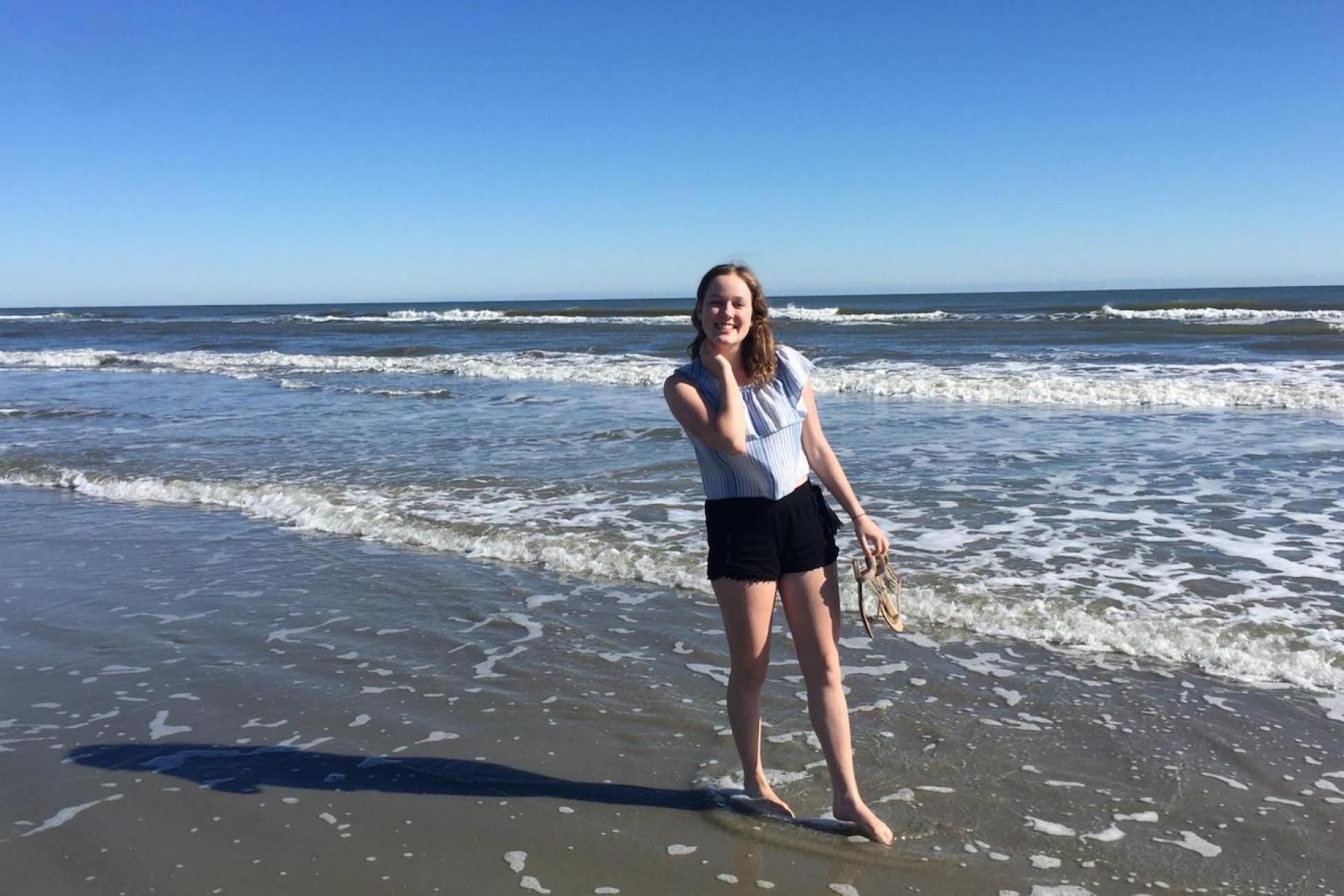I have officially completed my internship in Charleston, South Carolina; my first-ever work abroad experience. While I am pleased I took a leap and found a job outside my home country, I certainly made plenty of mistakes and faced numerous surprises while obtaining my visa and moving down South.
As they say, hindsight is 20/20. With that in mind, here are a few facts I wish I knew (or, at the very least, wish I had thought about more carefully), before I accepted my U.S. internship:
1. Find the right internship first—and make sure you are eligible
When I discovered that a local magazine in Charleston, South Carolina was hiring, I had no idea how to work in the U.S. as a Canadian—I simply applied to the job, assuring my future employers in my cover letter that I was willing to relocate to the States and would go through the proper channels to obtain a work visa.
In reality, my eligibility should have been the first consideration. Working abroad in the U.S. is a big step, and requires a lot of time and money.
It's also worth noting that to begin the visa process, one must already have a job offer in-hand. This is important because it means that one has to factor in the time it will take to get the job, apply for a visa, and relocate to the States when giving a potential start date to employers.
2. Obtaining a visa is expensive
Once I began the visa process, I learned that obtaining a J-1 visa costs a substantial amount of money. Unfortunately, I also knew that my internship in Charleston was unpaid. I was faced with a decision: Forgo this internship for a more practical, paying job in Canada—or take a chance on the internship, knowing there would be a great financial cost. In the end, I came to the conclusion that the internship would be educational for me.
3. The paperwork will take time
I received a job offer for this internship in November 2018, and with this offer in-hand, I began the process of obtaining a J-1 visa. Basically, SWAP Working Holidays and their U.S. counterparts, the CIEE, needed a bunch of documents to tell them who I was: I scanned copies of my passport, my university degree, my academic record, and my finances, and filled out multiple forms to provide details on my internship in the States. This application took time and tested my organizational skills and patience.
When using SWAP to obtain a visa, it takes approximately six to eight weeks to process the completed forms. Because of this lengthy processing time, it is extremely important to begin applying for a visa as soon as one’s hired. Although I was offered the position in November, I did not end up starting my internship in Charleston until January 2019.
4. The U.S.-based employer must be onboard
While my own forms were important to complete in order to receive my J-1 visa, there was also a substantial amount of effort required of my employer in the U.S. My supervisor at the magazine had to fill out forms as well, assuring the CIEE that the office was willing to take on a Canadian intern, and the editor-in-chief had to fill out a training plan outlining all the work I would be doing as an intern.
Luckily, my employers in the U.S. were incredibly accommodating—their willingness to include me in their operations for five months made my experience possible. I would advise anyone hoping to take on an American internship to confirm that the company is willing to take on Canadian interns as soon as possible, and inform them that it will require some paperwork on their end.
5. The internship must be full-time (and no side jobs allowed)
In order to obtain a J-1 visa for a U.S.-based internship, the position must be full-time. In my case, the internships at this magazine in Charleston were always part-time—local interns would work approximately 15 hours per week, and would often balance their school work or other part-time jobs on the side. As a Canadian, I was only eligible to work in the U.S. if I was working full-time, so I needed to receive permission from my employers to join the team full-time for the duration of my internship.
Plus, this internship was the only work placement I could take on. That means I couldn’t search for any side gigs at restaurants or coffee shops to supplement my lack of income.Again, this was a difficult consideration in terms of cost, but I decided that the experience itself was worth the financial hit.
6) You must enter the U.S. with your visa in-hand—even if you’ve been travelling abroad
In January 2019, I finally heard that my visa had been approved. However, since I knew I would be taking on this internship placement as soon as I was given the go-ahead, I left Canada just prior to Christmas in order to spend the holidays in Charleston with my family. I hadn't realized that my visa would be sent to the SWAP office in Toronto. Although I was already in the States, I learned that I would have to re-enter the U.S. with the hard copy of my visa before I could actually start working. This meant I had to fly back to Canada and wait out the final days of my visa process.
If I were to do it again, I would have saved myself a lot of stress and stayed in Canada until I knew my visa was ready. This was one of the biggest missteps of the entire experience (and it happened before my internship even began), but all I could do was learn from it.
7) Extending your visa requires notice—and more money
As soon as I began my internship in Charleston, I loved it. Once I got into the groove of working at the magazine, I told my editors that I was interested in staying a bit longer than the allotted three months. I had already gone through the time-consuming process of obtaining the visa, so why not get the most amount of experience possible while I was in the States?
SWAP and the CIEE require at least four weeks notice to extend a visa. I almost completely missed the deadline, and that meant that I had to rush through the additional paperwork as quickly as possible in order to gain this extension. To top it off, the extension cost almost as much as the internship fee itself! The ability to extend my visa beyond three months was great, however, I would urge everyone to consider whether or not the extra time is worth the additional fee.
8) Working full-time doesn't leave much time for exploring
As I discussed in an earlier post, unlike other countries that allow foreigners to work part-time customer service positions or hospitality jobs, the U.S. requires all interns to work full-time in a job that is relevant to their field of study. In my nine-to-five office gig at the magazine, I was doing just that—however, working full-time hours at an office meant that my days in the U.S. were similar to the days I spent at my office job in Canada. Once sitting at a desk, facing a computer, the “work abroad” experience falls to just “work.”
9) Even if the job is perfect, it's only temporary
I spent just under five months at the magazine in Charleston. Over the weeks, I could tell I was gaining confidence as a writer and an editor and I learned so much from the team of talented editors at the magazine. Unfortunately, this great job did have a defined end date. Even if I had wanted to continue working at the magazine, I knew that I had to return to Canada as soon as my visa was up. That was one of the biggest downsides to finding this amazing opportunity in the States—I knew, despite how much I enjoyed the work, this placement could only be temporary. And yet . . .
10) It will all be worth it
Even though the internship cost money and required a great deal of patience, I don't regret this experience at all. It gave me a glimpse into an industry that was curious about. In the end, this opportunity was less about experiencing American culture than it was about diving into magazine publication. Still, I explored South Carolina, and I found it fascinating to discover the differences—both small and large—between Canadians and Americans. This was my first time living abroad, but certainly not the last.
My greatest piece of advice for potential Canadian interns in the U.S.? Make sure your internship is the right fit: Ensure it is something you will enjoy, and that it could be a stepping stone to bigger and better things. If you find a job that speaks to you, it will all be worth it.
Add this article to your reading list




